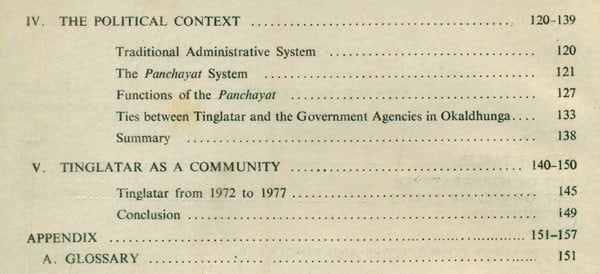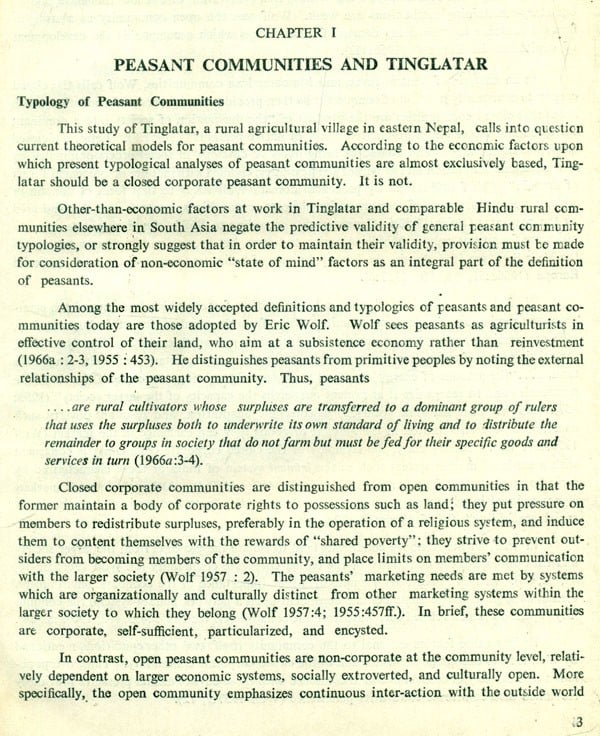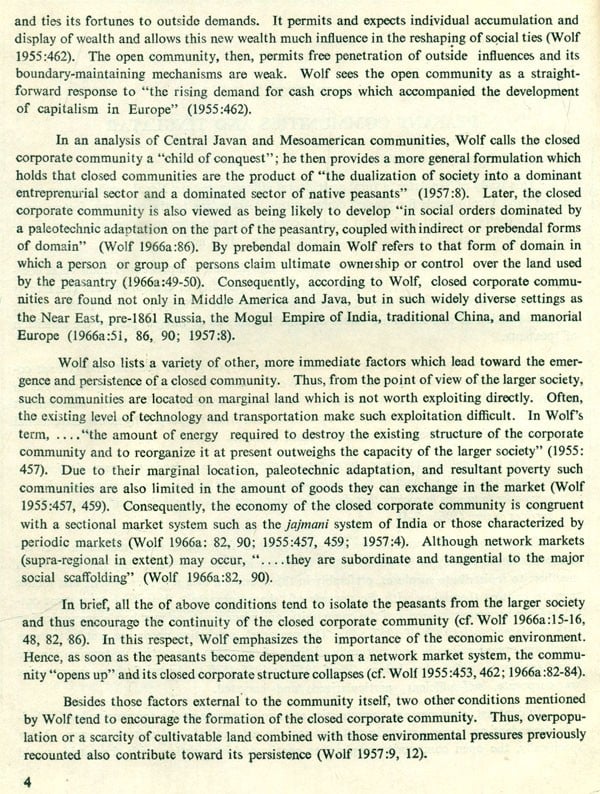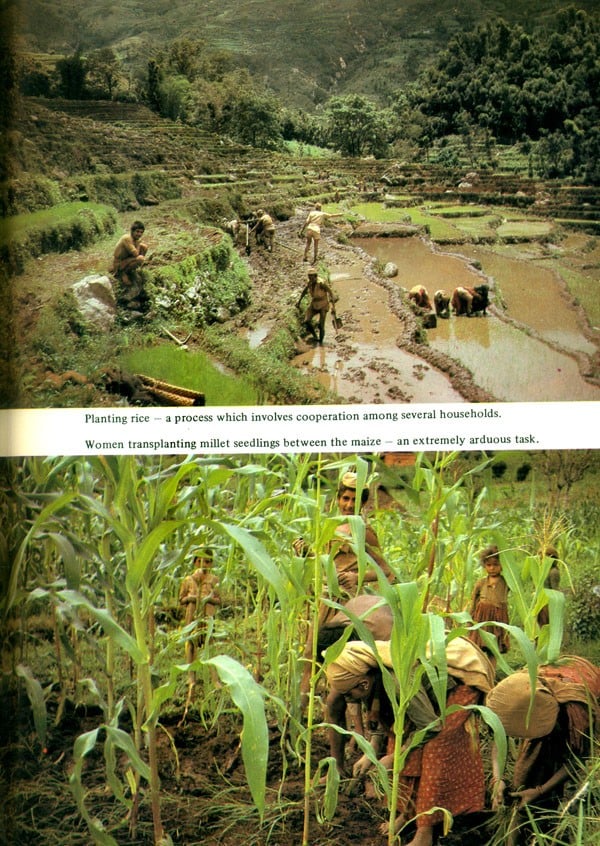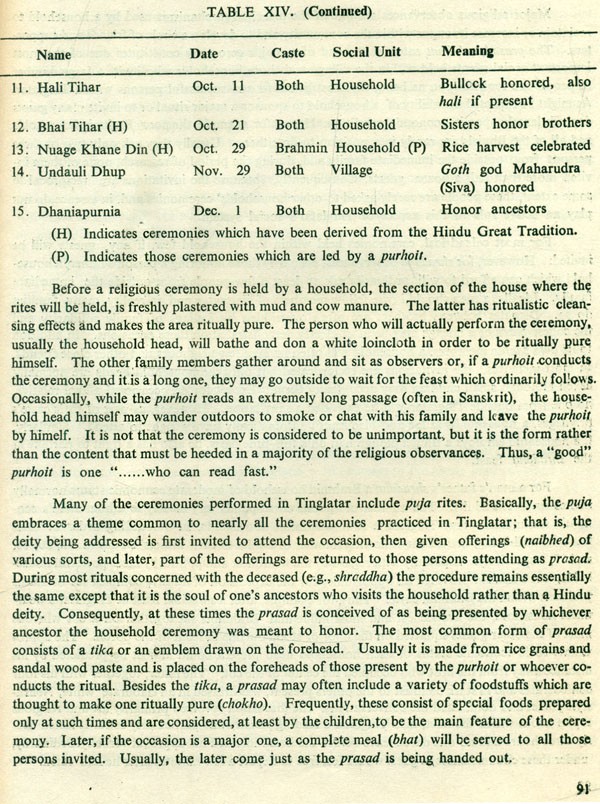
Tinglatar- Socio-Economic Relationships of a Brahmin Village in East Nepal (An Old and Rare Book)
Book Specification
| Item Code: | UAS082 |
| Author: | Peter Hodge Prindle |
| Publisher: | Ratna Pustak Bhandar, Nepal |
| Language: | English |
| Edition: | 1983 |
| Pages: | 162 (Throughout Color Illustrations) |
| Cover: | HARDCOVER |
| Other Details | 10.00 X 7.00 inch |
| Weight | 480 gm |
Book Description
During fieldwork information was obtained primarily from observation and through in formal interviews. Except during the first four months when I stayed in Okaldhunga Bazaar, interpreters were not used and much information was gleaned from the villager's day-to-day conversations. The last chapter also includes a section pertaining to the important changes which occurred in Tinglatar between 1972 and 1977. This information was recorded during a six-week field study conducted in the fall of 1977 as well as through correspondence. Many persons and institutions have contributed toward the realization of this project.
Financial support for fieldwork was provided by the Department of Anthropology at Washington State University and the National Science Foundation (Dissertation Research Grant GS-2754). I am indebted to the members of my Doctoral Committee for their advice and encouragement. I am also grateful for the encouragement and support given to me by my wife, Tamac. Finally.
**Contents and Sample Pages**

